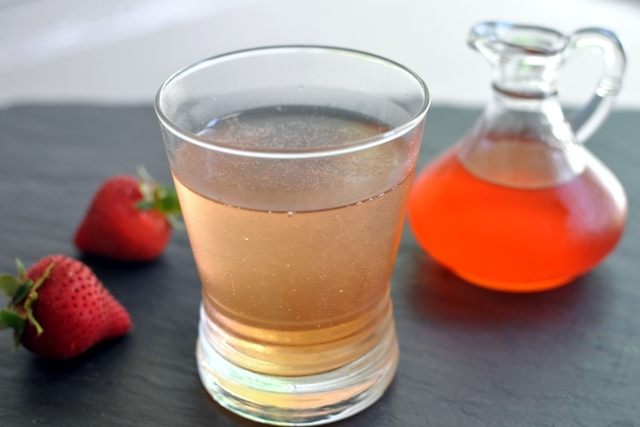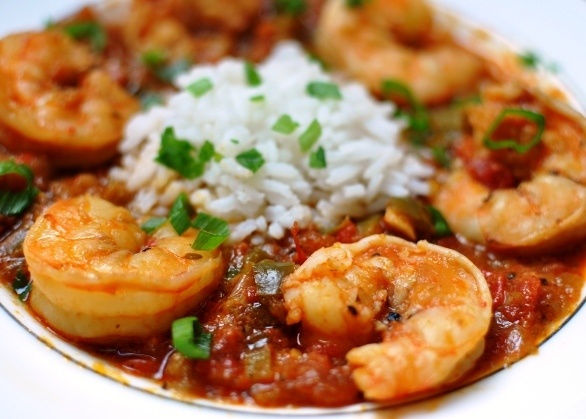Monday, March 17, 2014

I’m not eager to admit it but every summer the day arrives when I grow tiresome of certain characters in my weekly vegetable box. (Ahem, okra.) I can’t imagine displaying such spoiled behavior at this point in the year when my beloved CSA has yet to distribute its first box of spring vegetables and many of my northern friends are still shoveling snow. But I know the day will come when I will stare at a pile of okra and long for a new way to cook it, incorporate it, do something different with it, anything. In years past, I’ve relied on my 1970s French cookbooks for long-forgotten, delicious ways to cook prolific seasonal vegetables such as squash and zucchini.


I’m thrilled to have some new inspiration in the form of a recently acquired cookbook, The New Southern Table by Brys Stephens, which was nowhere on my radar until a few weeks ago when my friend Laura Kate (she, who recently gave a most inspiring Ted Talk) posted instagram photos from Stephens’ book signing. Not a week later, as serendipity would have it, I received this rad cookbook, a signed copy no less, as a birthday present from my dad.
The New Southern Table is divided into 13 sections, each focusing on a different southern food staple: sweet potatoes, okra, collard greens, watermelon, pecans and others. Summer can’t get here soon enough, as I plan to whip up Stephens’ Sicilian watermelon pudding, which is described as having an “almost candy-like quality…with slightly bitter chocolate, crunchy pistachios and chopped with pillowy whipped cream.” Yes, please. Thus far, I’ve made one recipe from the cookbook, the one I’m featuring today. I’d say that’s a telling indication I’m going to wear out this cookbook in 2014.

Thursday, February 27, 2014

Most of my life I’ve preferred brownies made from a box mix to homemade brownies. Box-mix brownies have a consistently glossy, crackly top and chewy, fudgy interior while homemade brownies, mine anyway, have always come up short in the looks and taste department. Too dry. Too dense. I’m not alone in my preference. Several years ago, Cooks Illustrated published a feature on how to achieve a homemade version of — believe it or not — brownies made from a box mix. Yes, the kind you haphazardly sling off the grocery store shelf into your cart only to discover months later when you have a hankering for brownies that you have no vegetable oil.
Walker’s school held a chili and brownie cook-off* in January (about two weeks after this guy made his debut), and Walker wanted to make brownies. In search of the best brownies in the world (taking an internet search tip from my father), I landed on a brownie recipe tested and approved by several reliable food bloggers. Amateur Gourmet not-so-subtly hailed them as “The Best Brownies of Your Life.” With the base recipe decided, I began strategizing how to make the brownies stand out. Taking a cue from David Lebovitz’ dulce de leche brownies, I merged recipes, adding swirls of decadent caramel to the batter and a scattering of sea salt on top. The result? The best brownies of my life.
Saturday, February 8, 2014

Tomato soup was a comforting lunch standard throughout my pregnancy. For the first four months, I wanted only the blandest version: a thin, brothy blend of tomatoes, vegetable stock, salt and pepper. But during the last trimester I craved something richer. A number of web searches led me to this creamy tomato soup, which caught my attention because it calls for shallots instead of onions (I will always take shallots over onions) and it involves roasting the tomatoes with brown sugar. The roasting intensifies the flavor of the tomatoes, thus bolstering the flavor of the soup.

I wish I had some of this soup in my fridge at the moment. I made a batch last week and it quickly disappeared while we were essentially trapped at home, all five of us, during a snow and ice storm that shut down Birmingham for several days. The city is up and running, but we (Jason and I) are currently in the zombie zone here at Chez Brouwer. Our son, Maxwell William (sometimes “Wells” for short), was born three weeks ago.

Photo by Jennifer Alsabrook-Turner
Friday, November 22, 2013

I have less than eight weeks remaining until the newest member of our family arrives. In the interest of full disclosure — since this is a food blog after all — I’ve had more food aversions than cravings this pregnancy. I’ve basically experienced seven months of general disinterest in food. A few weeks ago I even encouraged Jason to eat the bacon out of my salad. I willingly gave away bacon! I don’t get it either.
Here I am in our backyard at approximately 28 weeks — picture taken by my son, Walker. Bang trim, approximately 6 weeks overdue.

I have experienced a few cravings, although they certainly haven’t fallen into the kale or quinoa category: chocolate croissants from my favorite local bakery, donuts from wherever/whenever — just bring the pregnant lady some donuts, raw oysters (I have not partaken but am planning oysters and champagne as my first dinner on the town after baby arrives), bread and olive oil, and… the star of this post: lasagna Bolognese.

Wednesday, October 23, 2013

I was tempted to call this cheesecake “Ultimate Pumpkin Cheesecake” or something similarly over the top, but thought better of it. I’m skeptical of recipes with boastful titles. (Except when they’re my own, of course.)


My brothers and I like to tease our dad because whenever we compliment something he’s made – a cherry pie, for example – he’ll say, “You know how I found the recipe? I did a search for WORLD’S BEST CHERRY PIE.” A few weeks ago someone landed on my site after googling “best fish recipes in the world” and I seriously wondered if it was him. Growing up, Dad loved to contribute recipes to the church cookbook, but I think his enjoyment in developing the recipes was secondary to his love of naming them: “Pastor’s Precious Lasagna”… “Sumptuous Stir Fry”… and this gem:

I could argue this cheesecake deserves some kind over-the-top title. It is decadent. A spiced gingerbread crust serves as the base for a cream-cheese-pumpkin filling accented by cinnamon, cloves and ginger. Over the years, I’ve been disappointed in pumpkin cheesecakes that tasted more like pumpkin pie than cheesecake. This recipe has just the right pumpkin-to-cream-cheese ratio. The cheesecake is topped with tangy, vanilla sour cream and a salted caramel drizzle. It’s one of our holiday standards.

Thursday, September 26, 2013

If you haven’t read Julia Child’s “My Life in Paris” perhaps you’re familiar with the scene in Julie & Julia in which she enjoys her first meal in France. Julia and her husband, Paul, are having lunch in Rouen, France, where he explains that “in France, good cooking [is] regarded as a combination of national sport and high art.” They order, among other delights, oysters on the half shell and — at the recommendation of the waiter — sole meunière, which renders Julia nearly speechless. In her autobiography, she writes:
“It arrived whole: a large, flat Dover sole that was perfectly browned in a sputtering butter sauce with a sprinkling of chopped parsley on top … I closed my eyes and inhaled the rising perfume. Then I lifted a forkful of fish to my mouth, took a bite, and chewed slowly. The flesh of the sole was delicate, with a light but distinct taste of the ocean that blended marvelously with the browned butter. I chewed slowly and swallowed. It was a morsel of perfection.”
She later declares it the most exciting meal of her life, a culinary revelation. Here’s a 40-second clip from Julie & Julia of the famous moment:
Over the summer I was leafing through a new cookbook and stumbled upon a recipe for fish, one that mentioned in the introduction that it was THE FISH — poisson meunière — that Julia enjoyed during that fateful lunch in her new country. Of course I felt compelled to make it immediately — that very evening — and I commented afterward that it rivaled any seafood I’d had in a restaurant, high-end or otherwise. I repeated that the second time I made it. And the third.


Monday, August 26, 2013

When I attended Samford University, the parking situation was a nightmare. There simply weren’t enough spaces to accommodate commuting students, who were forced to drive around endlessly searching for a spot. I lived on campus until graduation in part because I didn’t want to fool with it. My younger brother, Kent, began attending Samford the year after I graduated. He commuted his junior year and quickly grew frustrated with the parking hassle. Our father, meanwhile, occasionally taught classes as an adjunct professor and never had difficulty finding parking. Kent was mindful of that fact when he noticed a Samford faculty pass hanging from Dad’s rear-view mirror and decided, since Dad wasn’t teaching that semester, to steal the pass for his own use. From that point forward Kent had free reign to park his ‘93 Honda Civic in any of the coveted, steps-from-the-door, faculty parking spots. He thought he’d beaten the system until he realized there were parking rules — even for faculty — and he started racking up tickets.
Or rather, my dad started racking up tickets. Quite a few tickets.
In Kent’s defense (and he doesn’t have much of one), he did attempt to re-purpose the tickets. When he’d park in an off-limits space, he would retrieve his most recent ticket from the glove box and position it on the windshield to divert campus security. It didn’t always work. I remember Dad opening his check from Samford and raging about the parking tickets listed on his pay stub.
Tickets he never saw on his car!
Fines taken out of his paycheck!
My brother kept quiet, secretly pleased with their little arrangement. Ten years later, Kent now finds himself back at Samford as an adjunct faculty member. He called me last week, and with a chuckle, shared that he’s finally the rightful owner of a faculty parking pass.
 Parking pass buddies: my dad, Dr. Larry Michael, and the soon-to-be Dr. Kent Michael. Not pictured, my youngest brother, the soon-to-be Dr. Graham Michael. Let the record show that only one of those three eggheads can beat me in Scrabble.
Parking pass buddies: my dad, Dr. Larry Michael, and the soon-to-be Dr. Kent Michael. Not pictured, my youngest brother, the soon-to-be Dr. Graham Michael. Let the record show that only one of those three eggheads can beat me in Scrabble.
Friday, August 2, 2013

My food preferences have been unpredictable as of late.
Pretzel sticks and mustard for breakfast.
Boiled potatoes and ranch dressing for lunch.
Jalapeño bagels and jam for dinner.
I have a post in the works in which I share with you some of my food-swoon-worthy experiments over the summer (buttery soft pretzels and cherry hand pies were a hit) as well as some of my, uh, not-so-food-swoon-worthy creations (buffalo chicken soup minus the chicken, anyone?). Don’t worry, they’ll be no recipes for vegetarian buffalo chicken soup. The good news for all is that, at nearly four months pregnant, I’ve regained my appetite and most of my aversions have subsided.
More on that soon.
In the meantime, let’s discuss my latest curiosity: shrubs, which are fruit- and vinegar-based syrups. Shrubs are versatile; they can be used in cocktails, jams and salad dressings or — in this pregnant lady’s case — in a refreshing afternoon sipper. Originally created for medicinal purposes, shrubs have been around since the 15th century. Several centuries later, they were a popular way of preserving fruit until the introduction of modern conveniences such as refrigeration rendered them virtually unnecessary. Today, we have modern mixologists to largely thank for their resurgence.


My shrub education began a few weeks ago when I ordered a drink called a “strawberry shrub.” Our server described it as club soda with a splash of fruit-vinegar syrup. I was intrigued. The drink arrived in a wine glass and could have passed for sparkling rosé. Just before tasting, I caught a slight whiff of the vinegar. It subtly came through at the end of each sip, but I also tasted fruit. The fizzy, fruity strawberry shrub was oddly refreshing, and the memory of the drink lingered as it was like nothing I’d tasted before. A week later, local bartender Steva Casey, who runs The Veranda’s New-Orleans inspired bar, was profiled for Birmingham’s Restaurant Week and discussed her affinity for shrubs, praising them for the sweet-and-sour notes they lend cocktails and noting they are a way to “add a fruit essence [to a drink] without adding a fruit juice.”
All of the sudden shrubs were everywhere, and I had to make one at once.

Thursday, July 18, 2013

I once overhead a food blogger from Louisiana interrupt another food blogger who was casually throwing around the word “Creole” to politely school her on the difference between Cajun and Creole cuisine. I wish I’d taken notes. I got schooled, too. (Yes, I was eavesdropping.) You can read more about Cajun vs. Creole here, which offers this summary, “The cultural difference between the two methods of cooking lies in the fact that Creoles had access to local markets and servants to cook their food, while Cajuns lived mostly off the land, were subject to the elements of the seasons, and generally cooked meals in one large pot.”
Take ingredients in a roux, for example. A Creole roux, influenced by French preparation, is made with flour and butter, while a Cajun roux is made with flour and lard or oil.

Today’s recipe for shrimp creole has neither a Creole nor a Cajun roux. It contains no flour, its thickness derived from ripe tomatoes that break down while simmering in shrimp stock alongside other vegetables. The homemade shrimp stock makes all the difference and requires minimal prep work, so don’t skip it. Simply toss the shrimp shells in a pot, add cold water and a few vegetables (no need to get picky – a couple carrots lingering in the crisper drawer, a few cloves of garlic, etc.), fresh herbs or dry herbs (again, whatever’s handy) and 30 minutes later you’ll have a homemade stock that will take your Cajun — or ahem, Creole — cooking to another level.

This recipe comes from my friend, Danny, who hails from Louisiana. I’ve mentioned Danny on this website before. He’s the owner of our local coffee shop and a great cook. When he told me he’d written down his recipe for shrimp creole, a rarity because he’s not one to record measurements, I was curious to see his take on this much-beloved, one-pot dish.

Saturday, July 6, 2013

In nearly every cookbook I own, the sauces, condiments and other “extras” are stashed away in the back like an afterthought. I’m guilty of burying them on this website, too. Recipes for spicy remoulade and peanut sauce come to mind – both incredibly delicious but reliant on the food with which they’re paired to bring them to life (or vice versa). The role of a dipping sauce or condiment is, after all, to improve and accent food. Although I was tempted to showcase this red chimichurri alongside plump, golden empanadas, which is how I first experienced it, I decided instead to focus solely on the chimichurri today.
My friend and neighbor, Scott, works for a publishing company and is kind enough to let me borrow cookbooks from time to time. One of his recent loans was Gran Cocina Latina: The Food of Latin America. It’s a treasure and I’m not alone in that sentiment; it was recently named Cookbook of the Year by the James Beard Foundation. Written by Maricel E. Presilla, who holds a Ph.D. in medieval Spanish history and owns two restaurants, Gran Cocina Latina is a culinary masterpiece boasting over 500 recipes that cover an impressive scope – geographically, historically and culturally. It’s a fascinating read, and I want to cook everything in it.

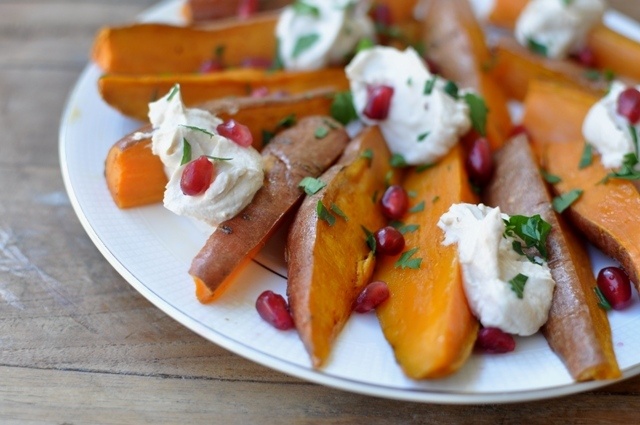













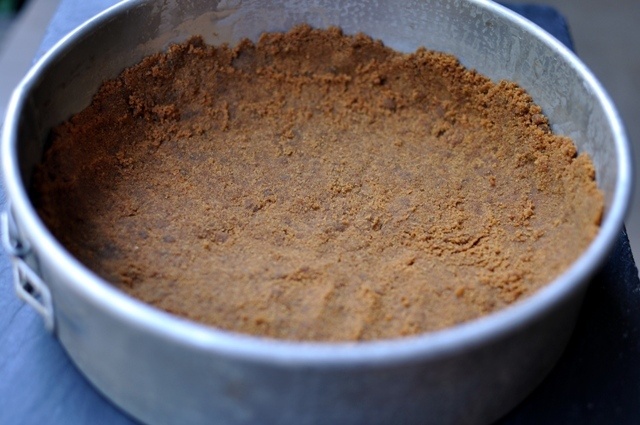
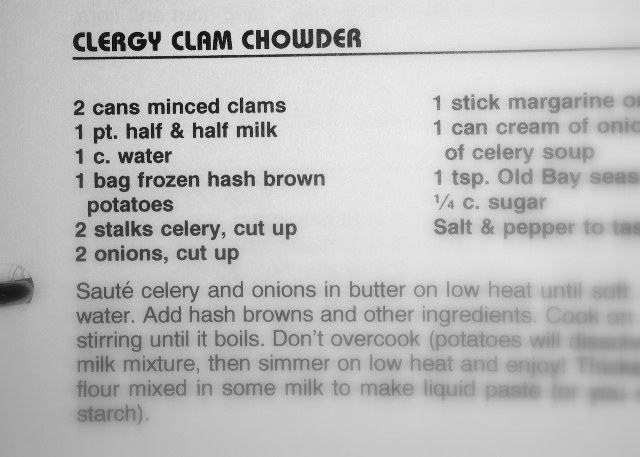


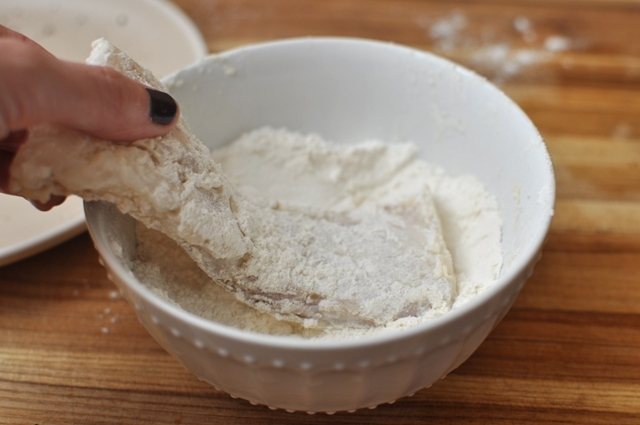


 Parking pass buddies: my dad, Dr. Larry Michael, and the soon-to-be Dr. Kent Michael. Not pictured, my youngest brother, the soon-to-be Dr. Graham Michael. Let the record show that only one of those three eggheads can beat me in Scrabble.
Parking pass buddies: my dad, Dr. Larry Michael, and the soon-to-be Dr. Kent Michael. Not pictured, my youngest brother, the soon-to-be Dr. Graham Michael. Let the record show that only one of those three eggheads can beat me in Scrabble.